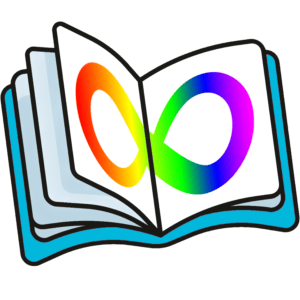Teacch® stands for “Treatment and Education of Autistic and related Communication handicapped Children” – translated this means: “Treatment and educational support of autistic and similarly communication handicapped children”.
autismus-spektrum.com/teacch-ansatz (Translated from German)
The approach was developed in the 1960s by Dr Eric Schopler and his team at the University of North Carolina at Chapel Hill in the USA, with the significant involvement of parents with autistic children.
diakoneo.de/teacch-ansatz (Translated from German)
It is an educational-therapeutic approach that includes the aspects of structuring and visualisation in everyday situations.
The structuring support is independent of the developmental stage or language skills of the person concerned. The assistance is customised and adapted to the individual person – taking into account the individual’s needs and interests.
autismus-spektrum.com/teacch-ansatz (Translated from German)
TEACCH – Daily schedule
A TEACCH daily schedule uses pictures or objects to represent activities or tasks in the order in which they should be done.
Many people on the autism spectrum (not all) benefit from visual communication: many are visual learners and absorb visual information better than verbal instructions.
Visual communication can improve understanding. Spoken language is fleeting and inconsistent. It must be understood in the moment it happens. Visualising statements can make them tangible and consistent.
autismus-kultur.de/teacch-tagesplan (Translated from German)
Questions for TEACCH users
ℹ️ Our team of authors is working on this section. Thank you for your patience.
- How did you learn the application?
- Who can interested parties contact to obtain the material?
- What are the costs?
- Are the costs covered by care insurance?
More info
- Der TEACCH-Ansatz bei Autismus – autismus-kultur.de
- TEACCH-Tagesplan: Nutzen, Gestaltung und Interaktion – autismus-kultur.de
- Der TEACCH® Ansatz zur Förderung von Menschen im Autismus-Spektrum – autismus-spektrum.com
- TEACCH®-Ansatz zur Förderung von Kindern mit Autismus – diakoneo.de
- Was ist TEACCH? – dennis-autismus.de
- teacch.com – About us

